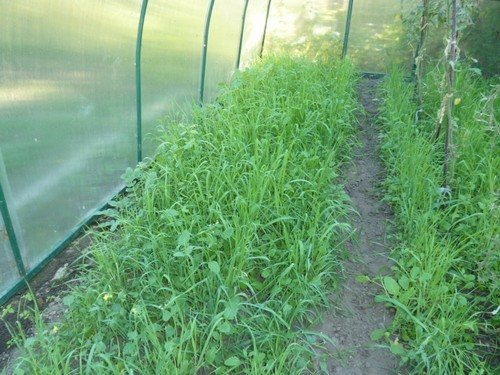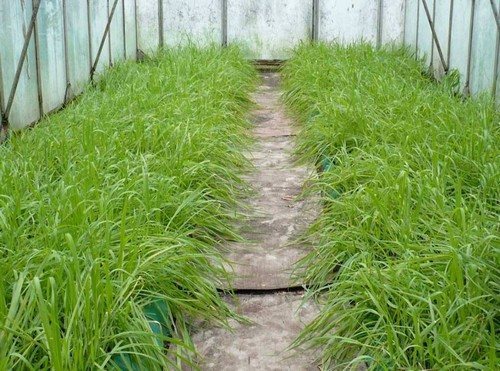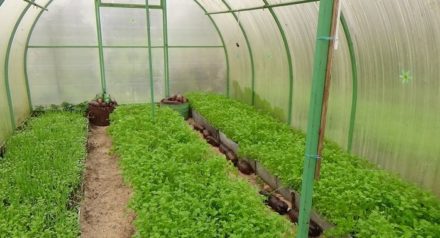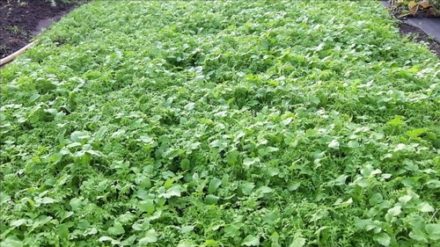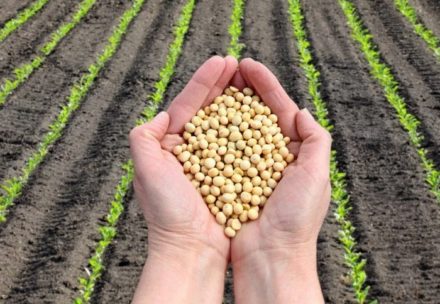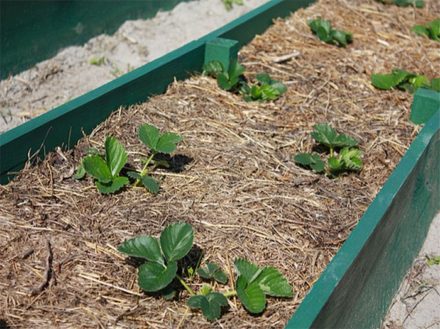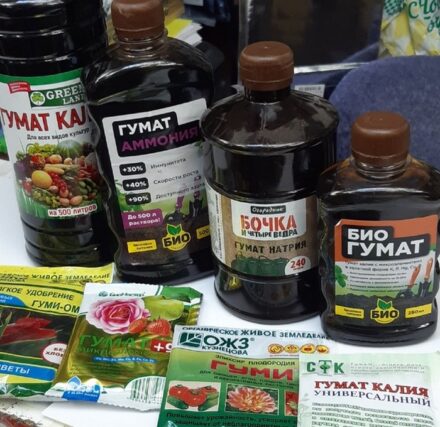Green manures are environmentally friendly fertilizers. After sowing, such plants grow quickly, then they are buried in the ground. By rotting, green manure restores the earth's structure and enriches the soil with useful substances. Such useful plants include phacelia.
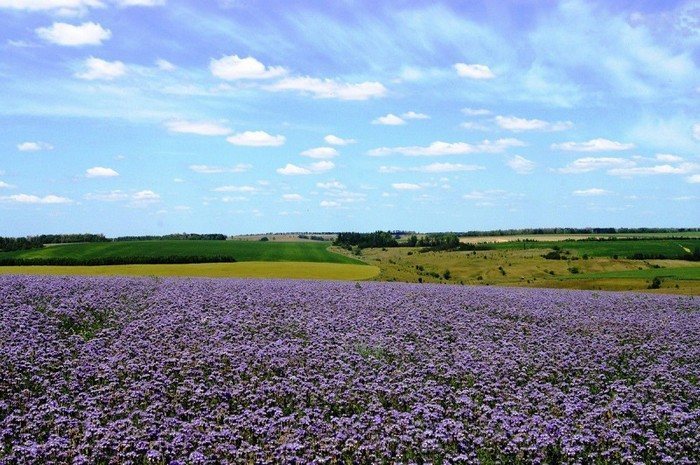
Phacelia as green manure
About 200 species of phacelia are grown, but tansy phacelia is most suitable as green manure, although it is grown both as a honey plant and as an ornamental plant.
The species is distinguished by a strong and strong erect stem, sometimes reaching a height of 1 meter, with rather long lateral branches where second-order shoots are located. Flower baskets present an exquisite look, as lilac flowers with long stamens collected in inflorescences look charming.
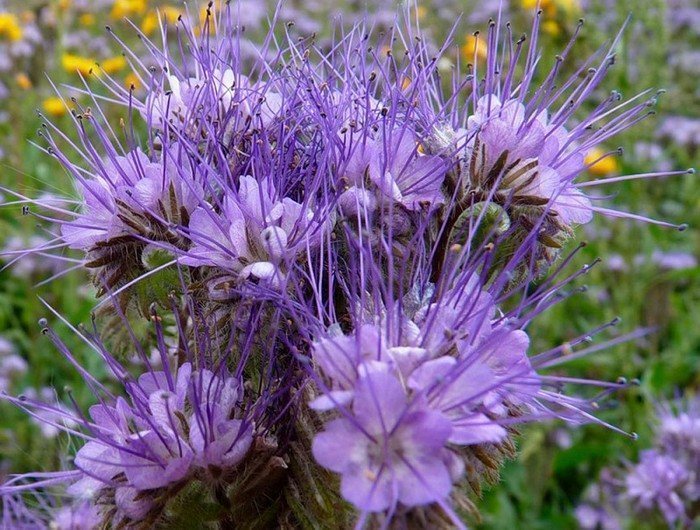
The growth and development of the plant is amazing at its rapid speed. A lot of green mass appears, and instantly. It was these properties that contributed to the use of the plant as a green manure.
Benefits of planting phacelia:
- Frost resistance. This means that the plant can be sown in early spring. Phacelia will sprout and gain mass even before planting the garden crop. In cold autumn, it is better to plant phacelia under the snow. In spring there will already be quite a lot of green mass.
- Unpretentiousness. Any soil is suitable for phacelia; drought, shade, pests and diseases are not a problem.
- Grass reduces soil acidity, which is beneficial for many crops and harmful for many harmful insects.
- Enriches the soil with potassium and nitrogen compounds.
- There is no place for weeds next to phacelia, as it occupies all the nearby land for its own purposes.
- Disinfects the soil, since the phytoncides of buried green manure destroy pests.
- Phacelia, as a green manure, is suitable for many cultivated plants.
- Buried phacelia makes the soil loose and light due to its instant decomposition to humus.
- This green manure is an excellent alternative to manure.
To summarize, we can name the main advantages and disadvantages of this green manure.
Advantages:
- Bactericidal properties. Destruction of fungus, putrefactive bacteria, prevention of late blight.
- Repellent functions. Repelling harmful insects.
- Restoring soil acidity. For example, a decrease in acidity contributes to the death of many types of weeds (dandelion, wheatgrass, violet, horse sorrel).
One of the disadvantages is the superficial root system. Therefore, this green manure is unable to loosen the deep layer of soil. If necessary, planting phacelia is interspersed with buckwheat.
When and how to sow
Snow is expected to melt for spring sowing. Within 2 weeks the first shoots will appear. And after a month, flowering will begin. But experts do not advise waiting for flowering, but advise mowing green manure earlier. There is a rational grain in this. When flowering, the plants become coarser. And already when embedded in the ground they rot. This leads to an increase in diseases in cultivated plants. Therefore, as soon as there is enough green mass, it should be mowed.When planted shallowly in the ground, high-quality humus will be obtained. Leaving the grass on the surface will create mulch.
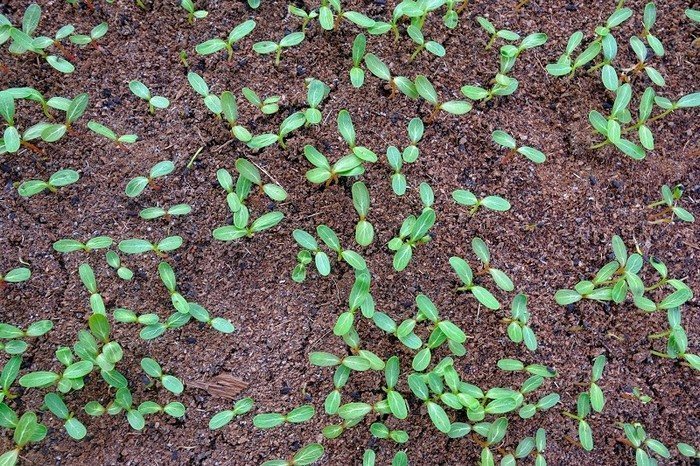
Sowing phacelia in the fall, when the harvest has already been harvested, will help restore and heal the soil, saturate it with lost elements and nutritional substances, and improve its structure. If you do not dig in the grass, but leave it as mulch, this will protect the roots of perennials from freezing, and the soil from erosion and leaching of beneficial microelements by prolonged autumn rains.
When sown before winter, phacelia will emerge in early spring. The seedlings are cut off before planting the main early cultural plantings. And in spring planting, phacelia is planted more densely, since after winter not all seeds germinate.
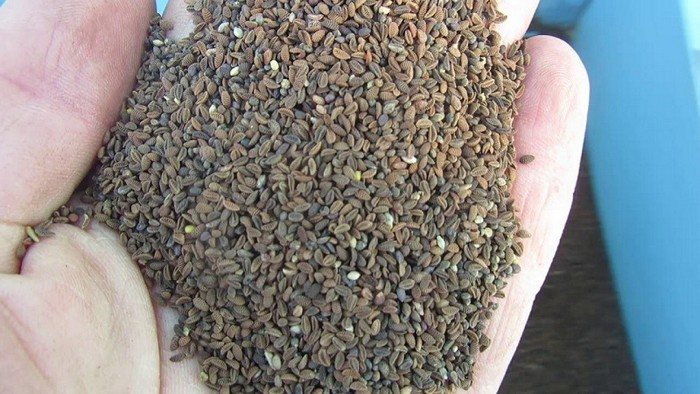
How to sow phacelia:
- Plow the soil to a depth of 20 cm.
- Moisten the soil and make grooves in it.
- Plant the seeds in the furrows or simply scatter them around the area. Since the seed is small and dark, it is difficult to see on the ground. Therefore, to obtain uniform germination, the seeds are mixed with sand.
- Rake into the soil.
To sow 1 hundred square meters (100 m2), you will need up to 200 g of seeds. When growing, the soil is moistened and loosened until the first shoots. Then the grass does not need any maintenance.
It’s not at all bad if it is possible to sow seeds during the budding period. This only enhances the accumulation of nutrients in the deep layers.
When to bury phacelia in the ground
What the gardener does depends only on him. If phacelia is needed as mulch, then simply mow the grass and do not bury it. Otherwise, the green mass is immediately embedded in the soil to a depth of 15 cm.
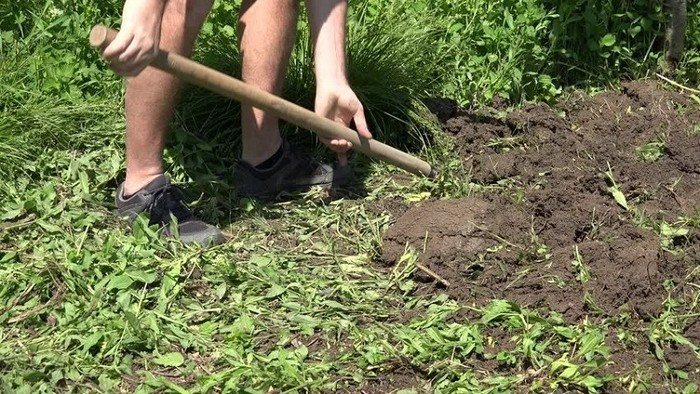
Some gardeners water the mown plants with special compounds that improve the decomposition process. But in any case, the green mass should be mowed in a timely manner, since the use of coarse stems as green manure is unacceptable.
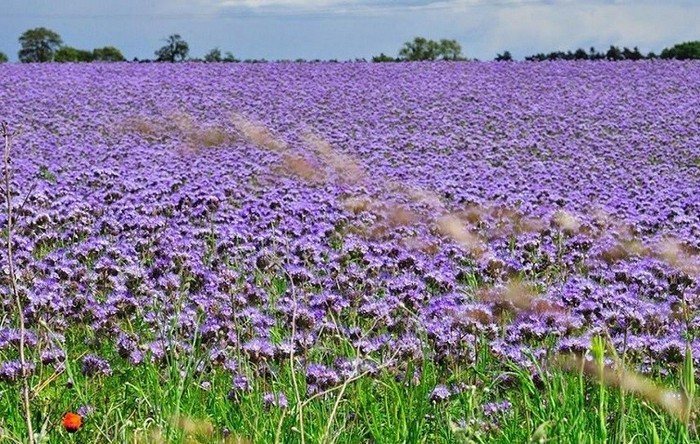
Using phacelia as green manure is a real boon for the gardener. And proper use will improve the soil and increase its fertility several times.


